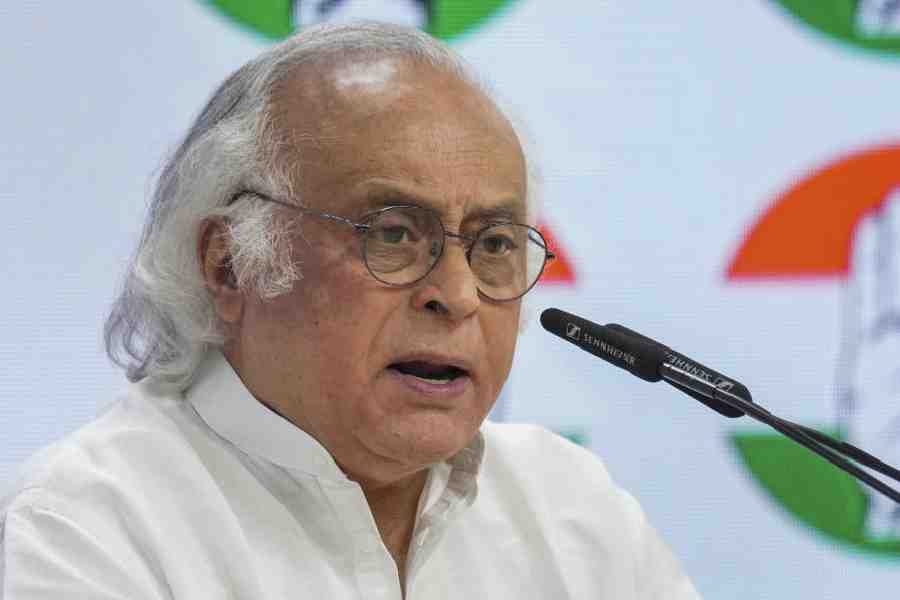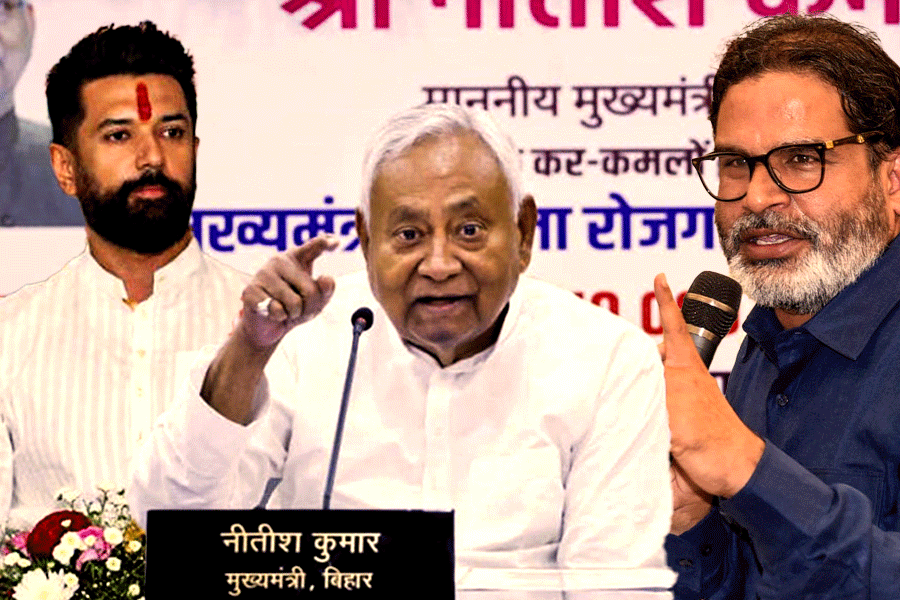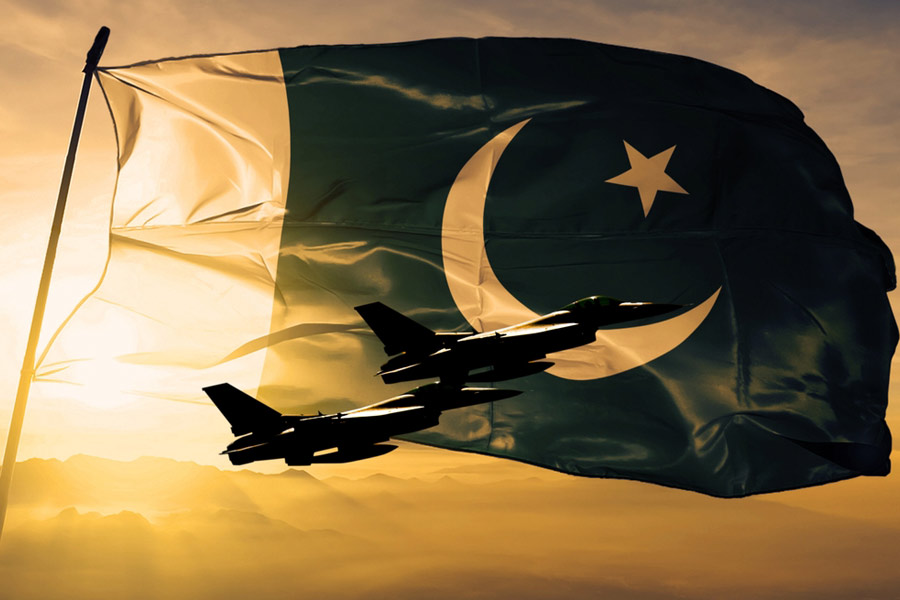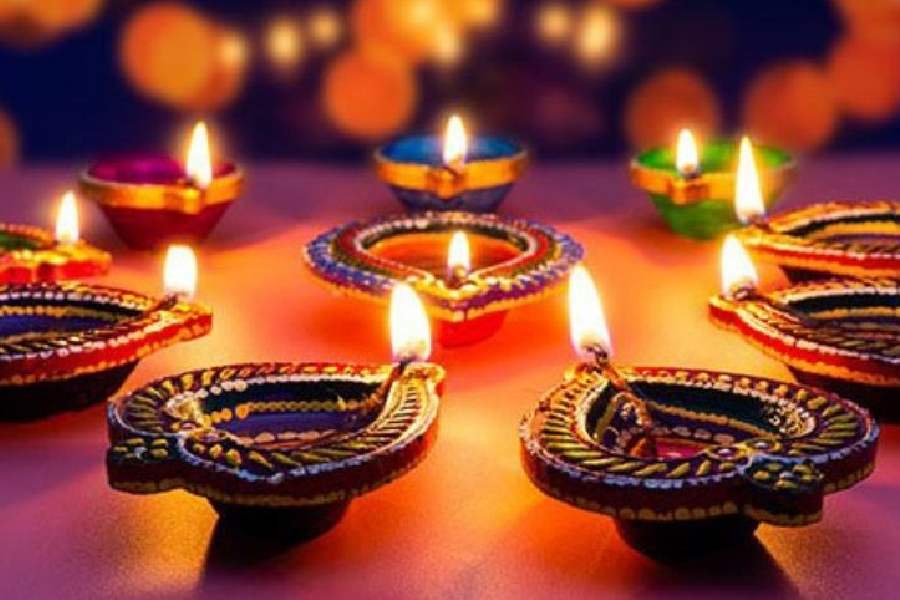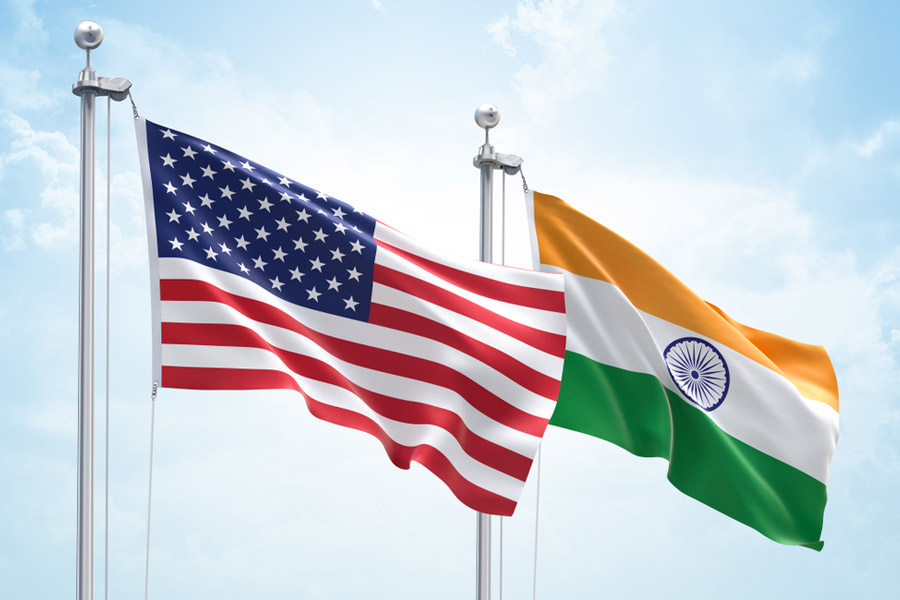
London: A new book on Indian magic has revealed how P.C. Sorcar succeeded in overcoming racist western attitudes to become one of the best known and perhaps the most flamboyant in his chosen line of work in the world.
In Empire of Enchantment: The Story of Indian Magic, author John Zubrzycki makes the point that P.C. Sorcar lived in a time when "Indian magicians were looked down upon by their western counterparts as being crude and unskilled".
In Britain, the book is being published by Hurst, which explains the importance of Indian magic in a global context: "India's association with magicians goes back thousands of years. Conjurors and illusionists dazzled the courts of Hindu maharajas and Mughal emperors. As British dominion spread over the subcontinent, such wonder-workers became synonymous with India. Western magicians appropriated Indian attire, tricks and stage names; switching their turbans for top hats, Indian jugglers fought back and earned their grudging respect."
It adds: "This book tells the extraordinary story of how Indian magic descended from the realm of the gods to become part of daily ritual and popular entertainment across the globe. Recounting tales of levitating Brahmins, resurrections, prophesying monkeys and 'the most famous trick never performed', Empire of Enchantment vividly charts Indian magic's epic journey from street to stage."
Its star, P.C. Sorcar, was born Protul Chandra Sarkar on February 23, 1913, in the village of Ashekpur in Tangail district of Bengal (now Bangladesh).
Still a complete unknown outside a few cities in Bengal, he decided to call himself "The World's Greatest Magician" or "TW'sGM" for short. The ploy worked. Invitations started to pour in from across the country.
"Breaking into the international circuit was much harder," says Zubrzycki, a Sydney-based author, journalist and diplomat specialising in South Asia, in particular India.
"Daring to call himself 'The World's Greatest Magician' was seen by many as the ultimate conceit," adds Zubrzycki, writing for the BBC in London. "Scepticism greeted his claims of box office success."
Emphasising that "Sorcar took Indian magic where it had never gone before", the author tells of the magician's master PR stunt.
"At 9.15pm on 9 April 1956, the BBC's switchboard suddenly lit up with calls from hundreds of viewers convinced they had just witnessed a gruesome murder live on their television screens," Zubrzycki says.
"A mysterious-looking oriental magician had put a 17-year-old girl in a trance, laid her on a table and sliced her body in half with a massive buzz saw as if she were a slab of meat on a butcher's table.
"It was meant to be the climactic finale to that evening's top-rated Panorama programme, but something appeared to have gone terribly wrong. When the magician rubbed his assistant's hands and tried to revive her, she did not respond. As he shook his head and covered her face with a black cloth, presenter Richard Dimbleby stepped in front of the camera and announced the programme was over.
"As the credits came up, the phone lines at the Lime Grove studios went into meltdown.
"Breaking into the western magic scene had been a struggle for Mr Sorcar. London's Duke of York theatre was reserved for a three-week season, but bookings were patchy. The opportunity to appear on Panorama was a coup - one that he was determined to exploit.
"The official explanation for the show's abrupt termination was that Mr Sorcar's set ran overtime. Anyone who had followed his career knew better. Even his detractors admitted he was a master of timing.... To leave his assistant, Dipty Dey, severed by a screeching razor-sharp steel blade was the ultimate sleight of hand.
"The story made the front pages the following day, with headlines screaming 'Girl cut in half - Shock on TV' and 'Sawing Sorcar alarms viewers'. His season at the Duke of York sold out."
Zubrzycki writes about the magician's passing: "In December 1970, ignoring the advice of his doctor who warned him he was not well enough to travel, Mr Sorcar flew to Japan for a gruelling four-month programme. On 6 January 1971, he performed his Indrajal show in the city of Shibetsu on the island of Hokkaido. As he left the stage, he suffered a massive and fatal heart attack.
"Mr Sorcar's passing prompted copious eulogies. As the respected magic historian David Price noted, he had arrived on the magic scene just as India needed a great native-born master to take on the big names in the West. Thanks to him, 'Indian magic had come of age, magically speaking, and would have to be reckoned with by magicians around the globe'."
The author told The Telegraph: "I was drawn to the subject by Sorcar's continuing hold on the Indian imagination. He was a complex figure. He worked hard to achieve what he did but earned a lot of enemies along the way. He did not play by the rules. He divided the western magic community and endured much prejudice. My book is first to tell Sorcar's story from both sides."


